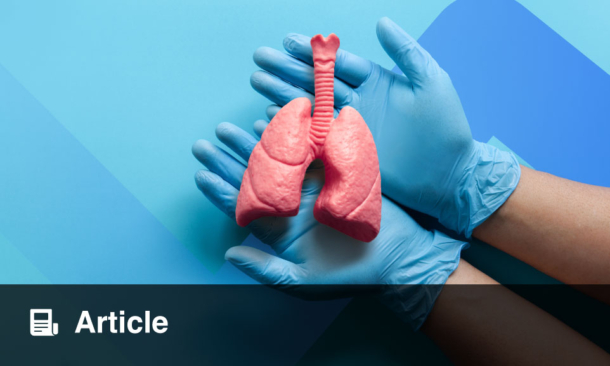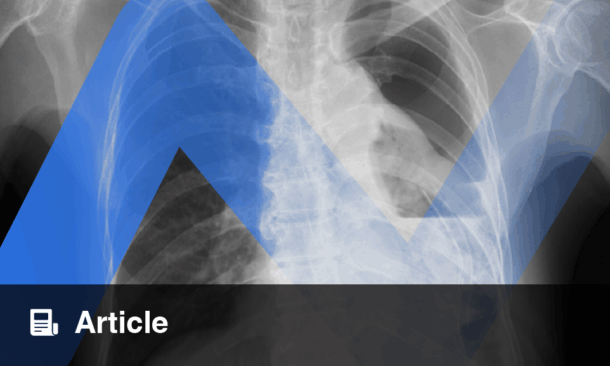AI-BASED models analyzing digital pathology images may offer a major leap in pediatric sarcoma diagnosis accuracy, according to research presented at the American Association for Cancer Research Annual Meeting 2025.
Pediatric sarcomas are rare, heterogeneous tumors that require precise subtyping for effective treatment. However, classification often relies on complex molecular testing and experienced pathologist review—resources that are not always accessible in all clinical settings. In this study, researchers evaluated artificial intelligence models trained to classify sarcomas based solely on pathology slide images.
The team used 691 digital pathology images across nine sarcoma subtypes from four major institutions. These included images from Massachusetts General Hospital, Yale New Haven Children’s Hospital, St. Jude Children’s Hospital, and the Children’s Oncology Group. The team developed deep learning models that transformed the digitized slides into data, enabling the AI to detect subtle morphological patterns associated with specific subtypes.
Validation results were highly promising. The AI distinguished:
Ewing sarcoma from other sarcomas with 92.2% accuracy
Non-rhabdomyosarcoma from rhabdomyosarcoma sarcomas with 93.8% accuracy
Alveolar from embryonal rhabdomyosarcoma with 95.1% accuracy
Three rhabdomyosarcoma subtypes with 87.3% accuracy
“These results show that AI can match or even exceed traditional diagnostic tools using routine pathology images,” said the authors. He noted the potential for global accessibility: “Our models can run on standard laptops, providing faster and more accurate diagnoses, even in under-resourced health care environments.”
While the dataset size was a limitation, the researchers believe this may be the largest multi-institutional pediatric sarcoma image set to date.
Reference:
Thiesen A et al. AI-driven analysis of digital pathology images may improve pediatric sarcoma subtyping [press release]. AACR Annual Meeting; April 25–30, 2025. Available at: https://aacr.ent.box.com/s/h5c85mui99mfizwgurwmjglg8hqu51af. Accessed May 8, 2025.








